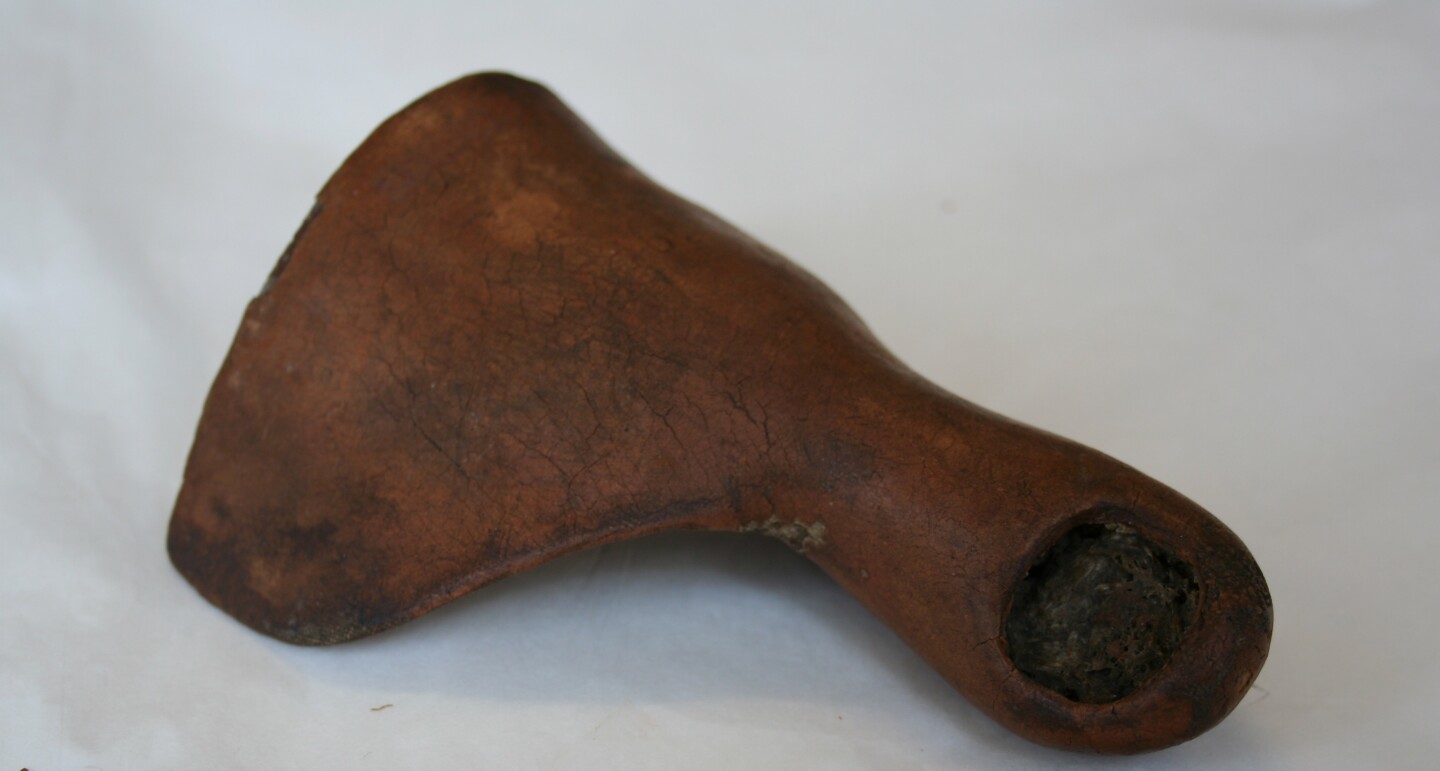According to tests recently performed at the University of Manchester, two ancient Egyptian artificial big toes were likely used by their owners for walking, and not simply placed on their dead bodies for religious or ritualistic reasons. If so, it would make them the world's earliest-known prosthetic devices. The tests involved getting big-toeless volunteers to try walking while wearing replicas of the two toes ... and the toes were up to the task.
One of the toes, which is housed in the Egyptian Museum in Cairo, is composed of three joined parts and made from wood and leather. It was found still attached to a mummy. The other, known as the Greville Chester toe, resides in the British Museum and is made of cartonnage – a papier mache-like substance containing linen, glue and plaster. Both toes date from before 600BC, making them several hundred years older than the previous earliest-known prosthesis, the Roman Capula Leg.
“To be classed as true prosthetic devices any replacement must satisfy several criteria,” said Manchester’s Dr. Jacky Finch. “The material must withstand bodily forces so that it does not snap or crack with use. Proportion is important and the appearance must be sufficiently lifelike as to be acceptable to both the wearer and those around them. The stump must also be kept clean, so it must be easy to take on and off. But most importantly it must assist walking.”

Given that the big toe is estimated to take about 40 percent of the body weight when walking, the importance of a functioning artificial one becomes apparent.
To test the replica toes, Finch utilized gait analysis technology that incorporated cameras and pressure devices placed along a walkway. Volunteers wearing the toes, along with replica ancient Egyptian sandals, were assessed while walking its length. Although neither toe reportedly felt exactly like the real thing, they definitely did suffice, with one volunteer being able to walk “extremely well” using both toes. The fancier Cairo toe, with its integrated hinge, was said to be particularly comfortable.
Besides the replicas’ ability to help the volunteers walk, the fact that the original toes both show signs of wear suggests that they weren’t merely ornamental.
“My findings strongly suggest that both of these designs were capable of functioning as replacements for the lost toe and so could indeed be classed as prosthetic devices,” said Finch. “If that is the case then it would appear that the first glimmers of this branch of medicine should be firmly laid at the feet of the ancient Egyptians.”





